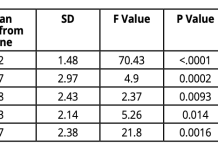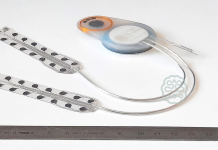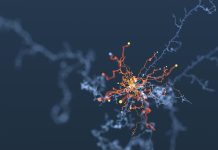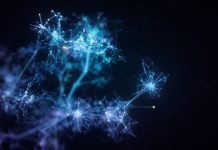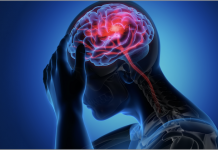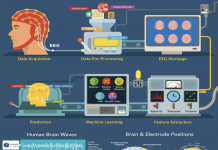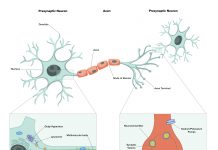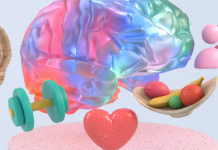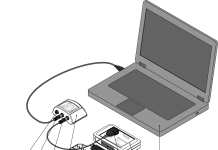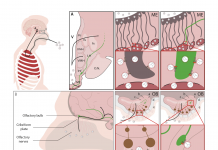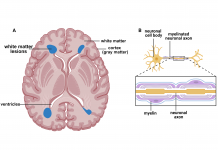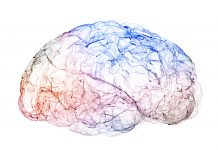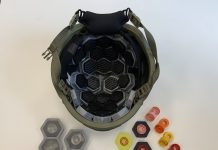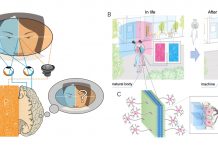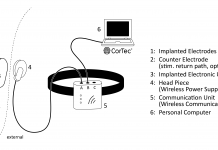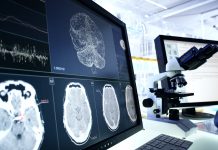Home 2024
Archives
Innovation in clinical trials in brain health: Computerised assessment and remote clinical trials
New clinical trials in brain health require innovative methodologies for targeted recruitment and longitudinal assessment. Professor Anne Corbett outlines how her team’s PROTECT portfolio can overcome challenges in trials of cognitive health interventions, offering solutions for intelligent trial design.
The ethical and legal challenges of cell donation for brain organoid research
Ethical and legal concerns raised by the use of human biological materials, especially cells from adult donors and foetal tissues, must be thoroughly examined.
Stroke rehabilitation milestone, neurological conditions and future therapy
Martin Schuettler, Chief Technology Officer of CorTec GmbH, walks us through a groundbreaking achievement in the development of future therapies for neurological conditions like stroke.
Treatment of migraines: Minimally invasive surgery, regenerative approach and botox
Giorgio Pietramaggiori and Saja Scherer, MD, from the Global Medical Institute, describe a revolution in the treatment of migraines: minimally invasive surgery, a regenerative approach and Botox.
Invasive electrical stimulation for stroke treatment
The CorTec Brain Interchange system is a potential tool to improve motor rehabilitation after stroke (Schuettler, 2023). Here, it is sketched how results from studies of other groups are combined to form CorTec’s vision of a new therapy and how first human data was collected to prove the systems therapy capability.
Flame system: Computerised cognitive assessment for remote brain health monitoring
Monitoring brain health, particularly cognition, in older adults is increasingly recognised as a significant priority for research, healthcare and broader public health. Find out here about the development and validation of the FLAME System, a computerised cognitive assessment for remote brain health monitoring.
A guide for occipital neuralgia patients
Giorgio Pietramaggiori, MD, PhD and Saja Scherer, MD, from the Global Medical Institute, help us to understand occipital neuralgia in this detailed patient guide.
Bridging brain barriers for gene therapy
Reflecting on the challenges in treating brain diseases, this article explores ways to transduce the blood-brain barrier as well as the critical role of tanycytes as a target for gene therapy vectors.
AI healthcare research: Pioneering iSMART Lab
Dr Narges Armanfard, Professor, talks us through the AI healthcare research at McGill University which is spearheading a groundbreaking initiative – the iSMART Lab.
Contribution of oxidative stress to neurodegenerative disease
Paul A. Hyslop, from Arkley BioTek Indianapolis, details an ongoing specific research approach to identify, characterize, and validate physiologically relevant neuronal targets of H2O2 in designing therapeutics for neurodegenerative disease progression.
Internet-delivered cognitive behavioural therapy
Heather D. Hadjistavropoulos, Hugh C. McCall, and Jill A. B. Price, walk us through internet-delivered cognitive behavioral therapy tailored to public safety personnel.
Dementia prevention: Raising awareness about dementia and risk reduction
We hear from Dr Anthony J. Levinson, who is part of an academic group developing evidence-based online resources to complement dementia prevention strategies and support care partners.
Preparing for a clinical study on implant-enhance stroke rehabilitation
Martin Schuettler, Chief Technology Officer at CorTec GmbH, addresses key questions around the development of the company’s innovative Brain Interchange System to support stroke rehabilitation therapy.
Brain infection by SARS-CoV-2: Lifelong consequences
The WATCH team, founded to elucidate the role played by specialized brain cells called tanycytes in various physiological processes, has been investigating how and where the SARS-CoV-2 virus infects the brain, and some long-term consequences of this neuro-invasion.
What is the link between white matter lesions and neurodegeneration?
Tara M. DeSilva from the Department of Neurosciences, Cleveland Clinic, examines the link between white matter lesions and neurodegeneration.
Treatments for ADHD: Can neurotherapies help treat children and adults?
Professor Katya Rubia from the Institute of Psychiatry, Psychology, and Neurosciences at King’s College London discusses the potential of non-invasive brain therapies, including neurofeedback, as treatments for ADHD.
Advanced brain injury detection and protection
The U.S.-based PANTHER program is pioneering a physics-based approach to TBI for quantitatively and deterministically linking the physics of a head insult to the resulting biological injury response. Christian Franck and Alice Lux Fawzi discuss.
AI consciousness and neuroscientifically plausible “seamless” mind-uploading
Masataka Watanabe, Associate Professor at the University of Tokyo’s School of Engineering, examines a test for AI consciousness. He proposes it as part of a scientific approach to deciphering consciousness that leads to “seamless” mind uploading.
Options for stroke survivors: From stroke to conventional therapy
Discovery of novel treatment options for stroke survivors – requirements for implanted systems.
Exploring neurological & mental brain disorders in Europe
European Brain Council provides a very helpful update on Brain disorders in Europe – neurological and mental alike.


